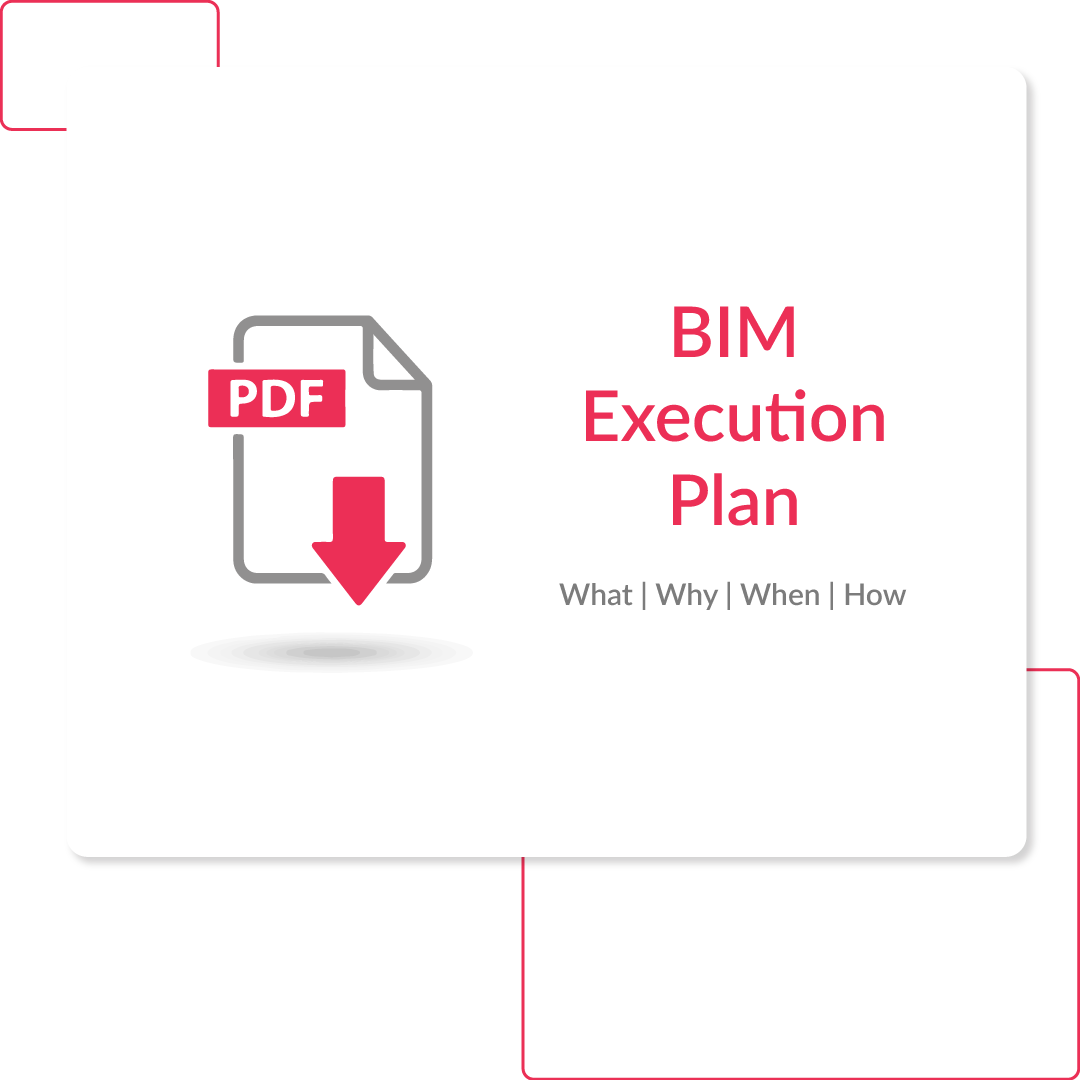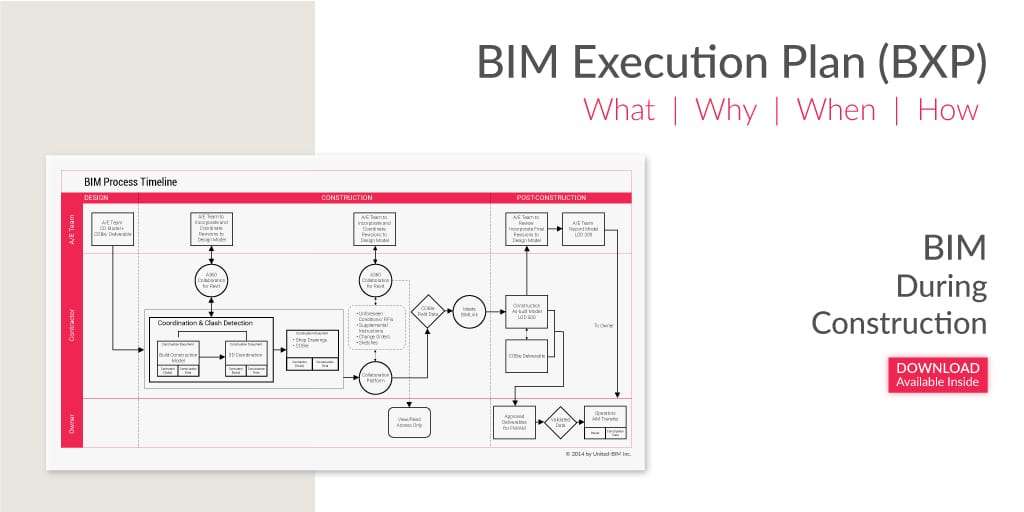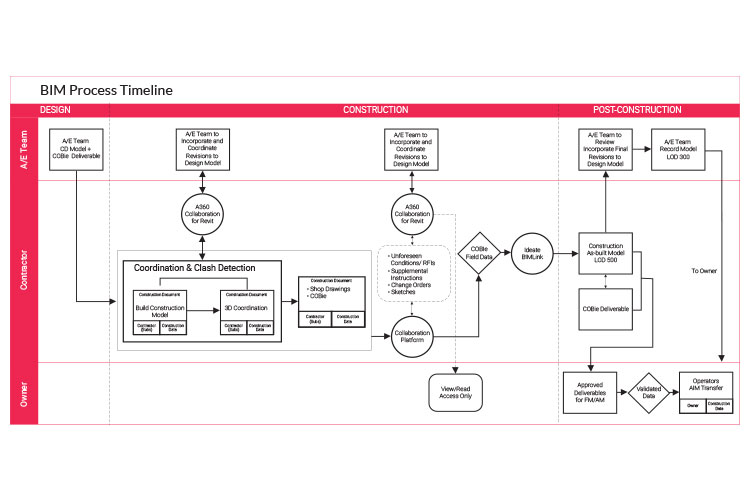Last updated on: January 2, 2025
In today’s construction and architecture world, embracing technology is more important than ever. One standout innovation is Building Information Modeling (BIM), which has really transformed how projects are managed by boosting efficiency, collaboration, and transparency. At the heart of this process is the BIM Execution Plan (BEP), which serves as a roadmap for handling information throughout a project’s lifecycle.
In this blog, we’ll break down the BIM Execution Plan (BEP), its importance, and how to create one. Whether you’re new to BIM or an experienced professional, understanding the BEP is key to ensuring projects are completed on time, within budget, and with clear communication. We’ll cover the key components, its role in project management, and practical tips for effective implementation to help you navigate BIM complexities and elevate your projects
What is BIM Execution Plan (BEP/BXP)?
The most important element of BIM (Building Information Modeling) is “Information”. The objective of developing a BIM Execution Plan (BEP) is to facilitate the management of the information in a BIM project. It can be defined as the plan prepared to streamline how the “Information Modeling” part of a project will be executed.
A BIM Execution Plan is very central to the BIM process. A BIM Execution Plan is an integral part of any new construction development project. It becomes more critical while working in a project where international collaboration is essential. It ensures that accurate information is accessible at every touchpoint at every moment.
In a practical scenario, it can be compared as an equivalent of RFI (Request for Information)/ RFP (Request for Proposal), mostly used in the Information Technology field. BXP will be prepared as a direct response to the Employer’s Information Requirements (EIR). Initially, the owner presents their project expectation of the BIM process through their BIM execution plan template, and in response, the Contractors or Design team will present their way of delivering that project, outlining the complete process through the BIM Execution Plan for the Owner to review and agree. The BIM Execution Plan will detail the project deliverables estimated by the contract and the information exchange protocol and requirements.

No worries. Let us send you a copy so you can read it when it’s convenient for you. Just let us know where to send it.
Importance of BIM Execution Plan
Why you should use BXP in your next construction project?
1. Delivering Project, On-time & Within Budget
When the BEP is implemented, all the stakeholders and teams will benefit from it. So, if in case, there are any changes of course or detail changes, the general execution plan for construction is clear and can be a BIM implementation plan. The main advantage of BXP is that involved people will have a clear understanding of their role and contribution. A properly implemented BXP will make sure that a broader view of the project is clear. As a result, the project will have a higher chance of being on time and under budget.
2. BXP- Rule Book of a Construction Project
BIM Execution Plan is a highly acknowledged and acclaimed concept in BIM methodology throughout the world by process-oriented professionals. It’s a Rule Book of a construction execution plan & project laid out to help every stakeholder involved in the project. BXP is a document that will answer the following questions of individuals involved within a construction project.
- What we will do in the BIM Process?
- What kind of format we will use?
- What all software will be used during the process?
- What all processes/teams are involved throughout the process?
- Who will be responsible for each of the involved processes?
- Where will be the exchange of data between respective teams
- What is the quality of the model that we will need?
- Level of Development (LOD) required at each phase of the project
- Roles and responsibilities of every team at each phase
3. Clear Structure of Collaboration- Communication
Another key component of the BIM Execution Plan is communication and collaboration during the project. Every team is aware of the information that needs to be coordinated and the timeline of that coordination. From the start to the completion of the project, stakeholders are well-informed with the collaboration structure, ensuring a smooth process through the project. In case of any miscommunication, there is a clear understanding of responsible parties and it can be resolved in a short time.
4. Transparency- A Welcome Factor in Construction Projects
Any construction project tends to be heavily dependent on output from separate teams responsible for different responsibilities. In such a situation, it becomes extremely important to have a transparent process flow. A well-implemented BIM Execution Plan is normally available to every involved team and team members. From A/E team, Contractors, Developers to Construction teams, everyone is aware of their role and their set-out expectations within the project. This results in a stress-free working environment. There is always an element of uncertainty in construction projects. Sometimes, unexpected weather situations can hamper the best-designed plans. In such cases, a well-implemented BXP ensures that all the teams are aware of the process. So, in the case of any unfortunate events, it can be more easily resolved.
Subscribe to Our Newsletter
* We don’t share your personal info with anyone. Check out our Privacy Policy for more information.
Types of BIM Execution Plan
BIM Execution Timeline
At what stages it is implemented and role at each stage?
BIM Execution Plan (BXP) is usually prepared at two of the following stages,
Pre-Contract: Response to EIR (Employer’s Information Requirements)
At the initial stage, before the contract agreement, a prospective supplier is required to propose a BXP with the objective of demonstrating its capability and approach against the EIR.
Post-Contract: MIDP (Master Information Delivery Plan)
Once the contract stage is finalized, the winning supplier needs to present a detailed BIM Execution Plan further. It will be majorly focused on supply chain capability. A Master Information Delivery Plan (MIDP) is also laid out which gives the guidelines of information flow, who is responsible for preparing the information, what protocols and processes will be maintained to develop that information. The information is based on the multiple Task Information Delivery Plans (TDIP) which defined the responsibility of each information deliverable.
Elements of BIM Execution Plan
Lots of parameters need to be considered in the process of finalizing the information management, planning, and documentation. What would be the ideal process of information delivery?
Explore This Topic Further: BIM and COBie: Bridging the Gap Between Design, Construction and Building Operations
The BXP should include,
- Roles and responsibilities of each team
- Strategy planning of key deliverables
- Set key project milestones & their timeline
- Well planned logistics of collaborative processes (i.e. BIM Modeling)
- Project Information Plan (PIP)
- Task Information Delivery Plan (TIDP) identifying the delivery of each supplier’s information
- Master Information Delivery Plan (MIDP)
- Coordination schedule with roles and defined protocols
- Working Procedures
- BIM iterations management
- File naming conventions
- Construction tolerance expectations
- Data attribute requirement
- Approach to annotation, abbreviations, and symbols to avoid potential ambiguity
- Software to be employed
- Data transfer management (Data format, exchange tools, etc.)
Conclusion
In short, a solid BIM Execution Plan (BEP) is essential for the smooth management of any project. It ensures everyone knows their role, communicates effectively, and collaborates seamlessly. Think of the BEP as a roadmap that keeps the team focused and helps avoid costly delays.
As construction projects grow more complex, a well-thought-out BEP helps ensure accountability and keeps companies competitive.
By leveraging BIM (Building Information Modeling) strategies, your team is better equipped to thrive in today’s fast-evolving construction industry. Partnering with UNITED BIM can provide expert support to streamline workflows, boost teamwork, and deliver improved results.
A BIM Execution Plan (BEP) is essentially a roadmap that details how Building Information Modeling (BIM) will be applied throughout a construction project. It lays out the objectives, the roles and responsibilities of everyone involved, and the processes that will guide the project from start to finish. This plan includes everyone from architects and engineers to contractors, ensuring that everyone is on the same page about how BIM will be used during the planning, design, construction, and operation phases of the project.
A BIM Execution Plan (BEP) is essential for project success as it clarifies roles and responsibilities, aligns BIM goals with project objectives, and standardizes processes.sssss It improves collaboration by ensuring clear communication and data sharing among teams, enhances quality control by ensuring accuracy and consistency in BIM models, and helps avoid errors and misunderstandings.
The BIM Manager or BIM Coordinator is typically responsible for creating the BEP, working closely with the project manager, architects, engineers, contractors, and other key team members. In some cases, the project owner or client may help set high-level BIM goals. The BEP is developed early in the project and updated as needed throughout its lifecycle.
No, a BIM Execution Plan (BEP) is not limited to large-scale projects. While bigger projects may require a more detailed BEP, smaller projects can benefit from a simpler version that covers goals, roles, and key processes. It ensures effective BIM use and team alignment, with the level of detail adjusted to the project's size and complexity
Without a BIM Execution Plan (BEP), projects face several risks, including poor collaboration, inconsistent modeling, and data issues. This can lead to confusion, errors, and delays. Lack of a clear plan also increases the likelihood of mistakes, missed opportunities like clash detection, and weak accountability, as roles and responsibilities remain unclear. Additionally, without a BEP, the project may experience delays, cost overruns, and poor outcomes, hindering successful delivery.
About the Author

Coordination Manager / VDC Manager at United BIM
With over 10 years of experience in the AEC industry, Akash Patel is a seasoned Coordination Manager and VDC Manager at United BIM. His expertise lies in managing complex MEP-FP coordination projects and leveraging cutting-edge BIM technology to ensure seamless collaboration and precision. Akash is dedicated to delivering high-quality, detailed models that meet the demands of modern construction. He is passionate about optimizing workflows and driving innovation within the BIM field.









